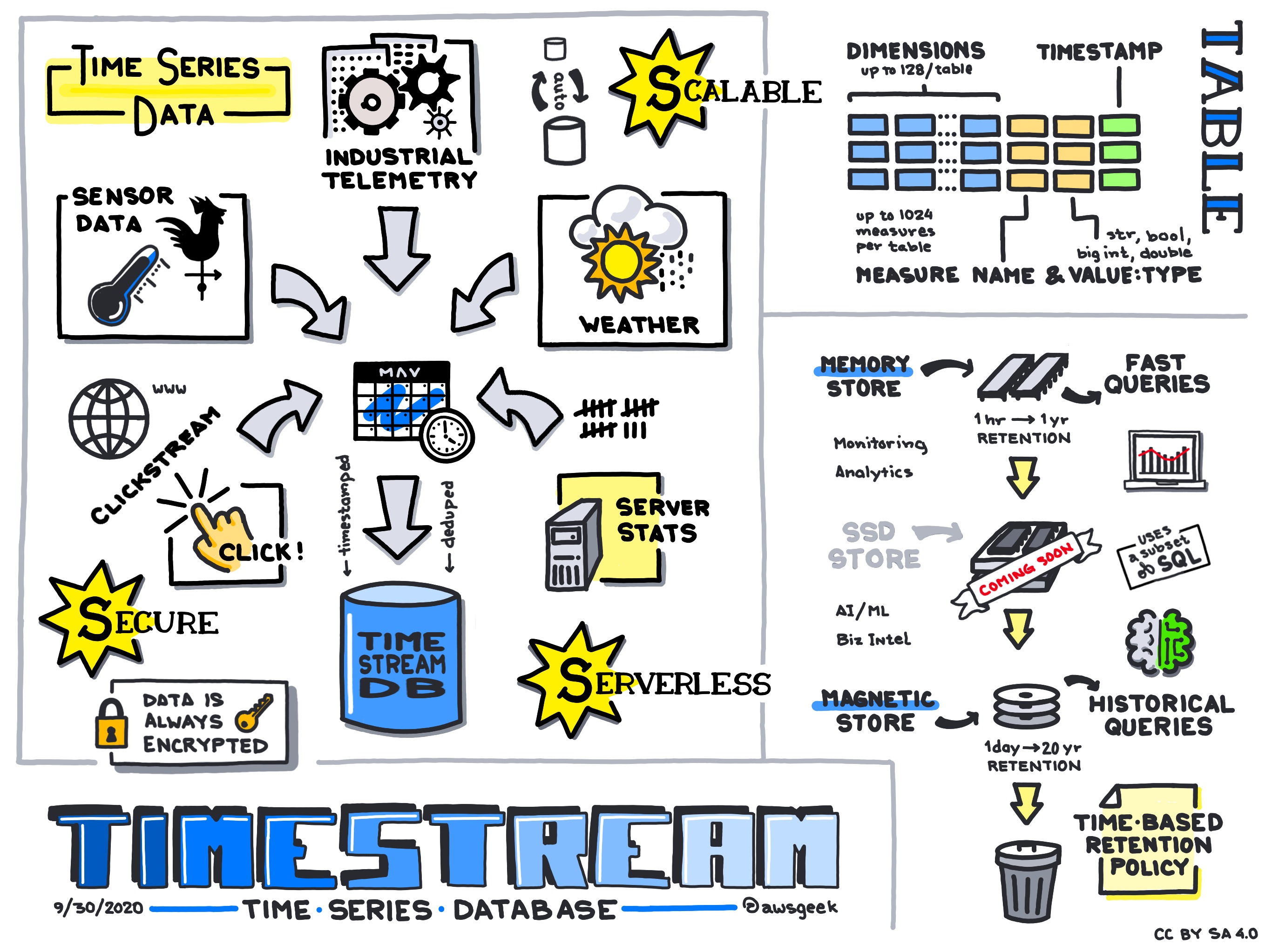
Amazon Timestream is a purpose-built time series database service renowned for its ability to handle trillions of time series data points per day. This makes it a fitting solution for applications and services that require real-time analytics, monitoring, and capturing of temporal data. With the proliferation of IoT devices, operational logs, and performance metrics, storing and analyzing time series data has become a critical task for developers and IT administrators. Timestream offers a fully managed solution, which means IT teams can focus on deriving value from their data rather than managing the underlying database infrastructure.
Use Cases
Amazon Timestream is particularly valuable in scenarios where you need to ingest and process time series data efficiently. For IoT applications, it can be used to monitor device telemetry data and manage edge devices effectively. In DevOps or cloud infrastructure, engineers can employ Timestream for application performance monitoring, tracking system metrics like CPU and memory usage over time, and identifying potential failures or bottlenecks. Additionally, Timestream is beneficial for analytics workflows that need to examine trends over time, such as financial data analysis or forecasting future workloads and capacities.
Pricing
Amazon Timestream's pricing model is based on three components: writes, storage, and queries. Charges for data ingestion occur in the form of writes, calculated per million writes per dimensions processed. Storage pricing is determined by the amount of data retained in memory within Timestream for fast querying and processing. Finally, query pricing is calculated based on the volume of data scanned by query operations. Understanding these costs upfront can help organizations predict their expenditures based on expected workloads.
Scalability
Amazon Timestream is designed to be highly scalable, capable of ingesting and storing petabytes of time series data across millions of distinct time series streams. The technology behind Timestream optimizes partitioning and indexing, ensuring that data access and retrieval are efficient and fast, irrespective of workload size. As the number of data streams or the volume of data grows, Timestream seamlessly scales to accommodate the increased demand while maintaining performance.
Availability
AWS ensures high availability for Timestream with its deployment across multiple Availability Zones. This architecture provides resilience against data center failures, helping maintain uptime for mission-critical applications. Regional redundancy is built into the service, which not only supports automatic failover but also allows for the distribution of read and write loads, enhancing performance and reliability even under heavy traffic.
Security
Security is a fundamental aspect of Amazon Timestream, with comprehensive features in place to protect data at rest and in transit. Data is encrypted using AWS Key Management Service (KMS), offering fine-grained control over encryption keys. Access to Timestream resources can be managed with AWS Identity and Access Management (IAM), which enables the definition of granular permissions for users and services interacting with Timestream. Furthermore, AWS CloudTrail can be used for logging and monitoring access to Timestream, ensuring that operations can be audited and unauthorized access detected swiftly.
Competition
Competing cloud providers offer similar capabilities with their time series database products. Google Cloud's Cloud Bigtable offers a scalable NoSQL database service ideal for analytical and operational workloads. Cloud Bigtable is optimized for large-scale applications and supports high-throughput. Microsoft Azure provides Azure Data Explorer, a fast and highly scalable data exploration service that focuses on time series data analysis, predictive analytics, and interactive query performance. Alibaba Cloud features Time Series Database (TSDB), which provides a high-performance, low-cost solution for processing large volumes of time series data in real-time, with functionalities suited for IoT and industrial applications.
In conclusion, while Amazon Timestream stands out for its integration within the AWS ecosystem, developers and IT administrators should evaluate other providers’ offerings based on specific workload requirements, interoperability, and overall cost-effectiveness to ensure the chosen service aligns with the long-term strategic goals of their organizations.
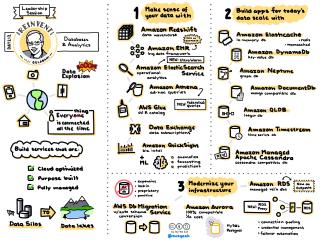 Databases & Analytics
Databases & Analytics
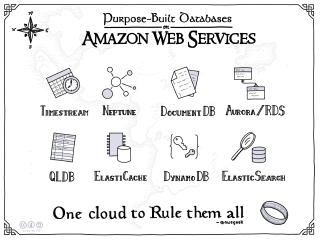 AWS Purpose Built Databases
AWS Purpose Built Databases
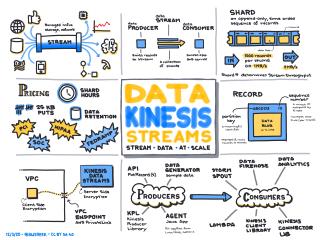 Amazon Kinesis Data Streams
Amazon Kinesis Data Streams
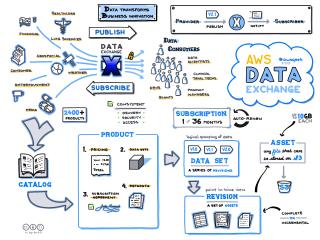 AWS Data Exchange
AWS Data Exchange